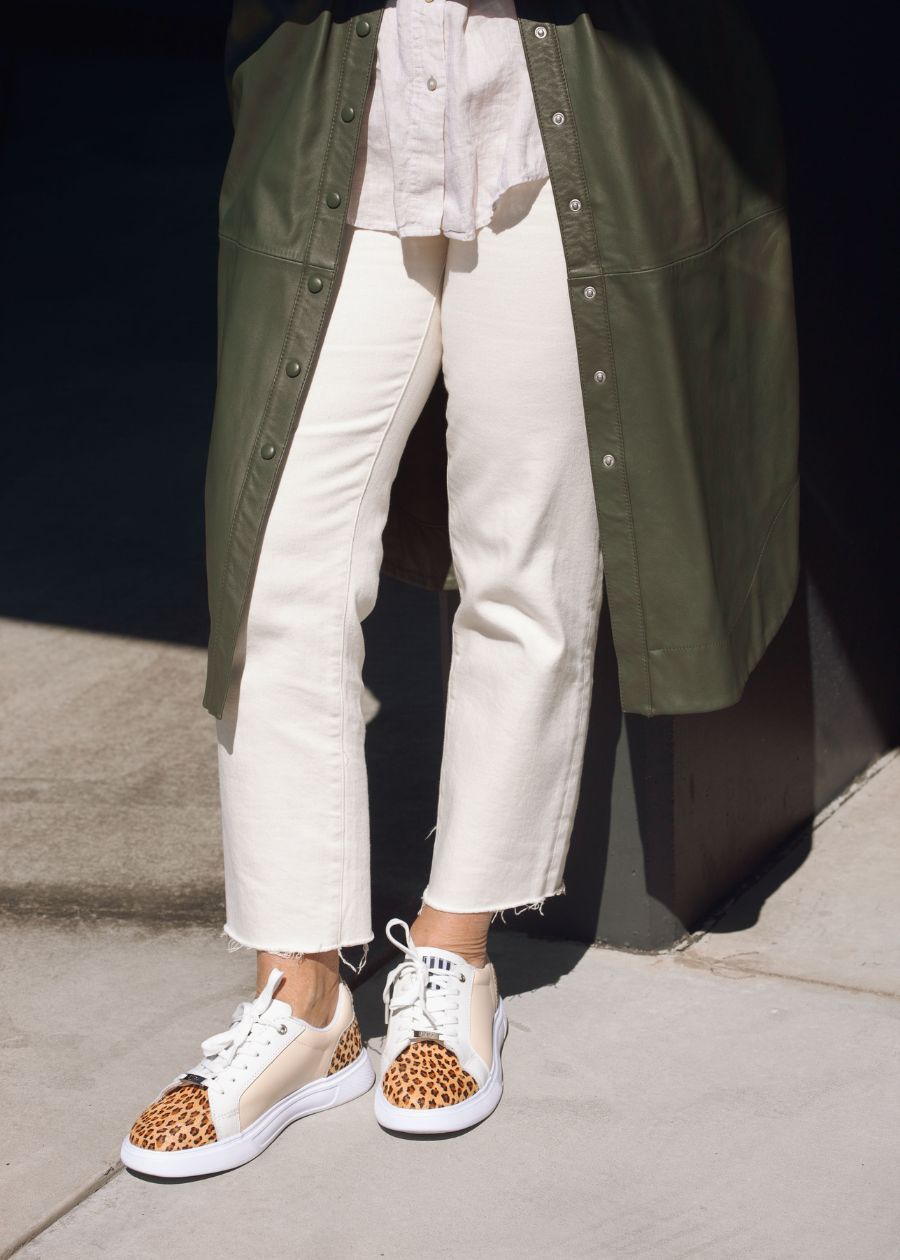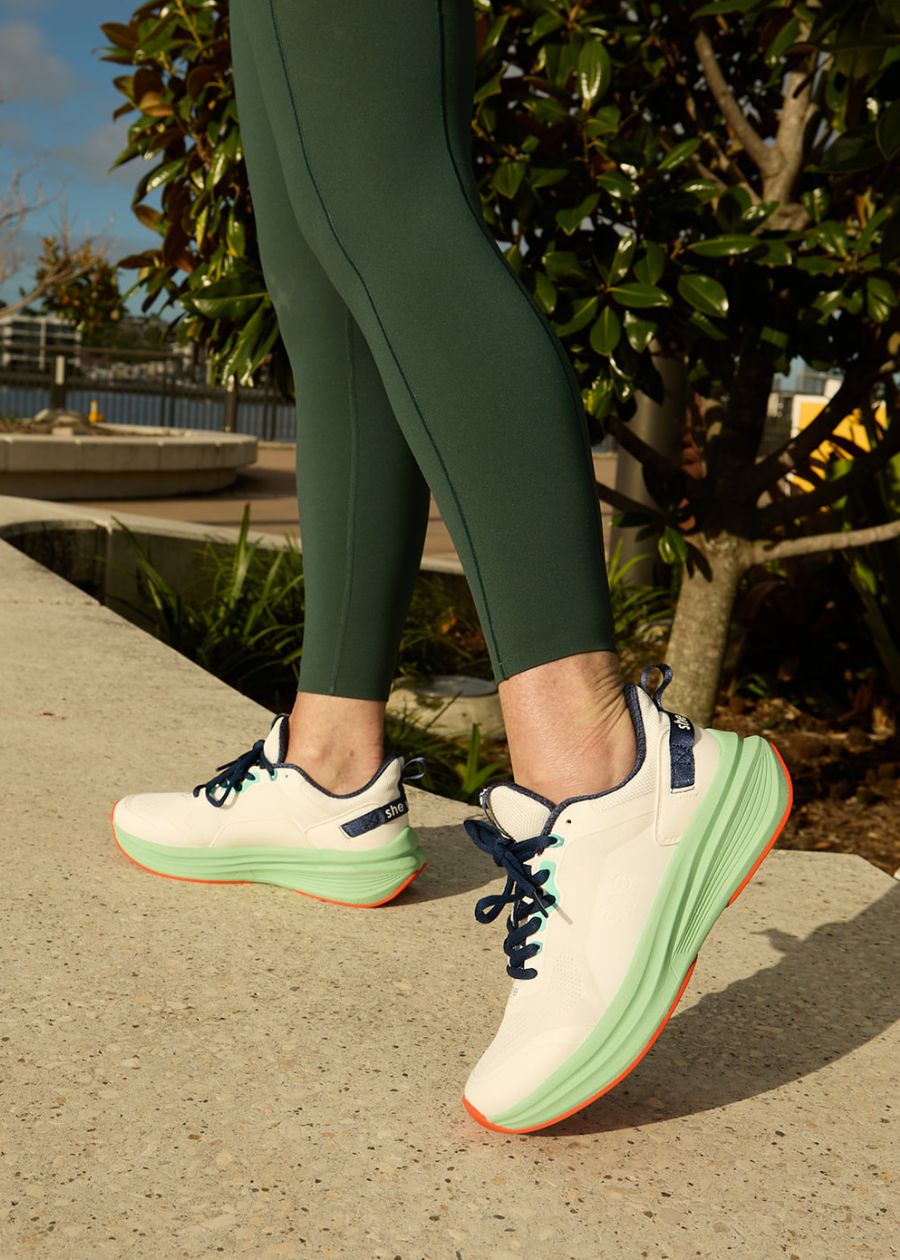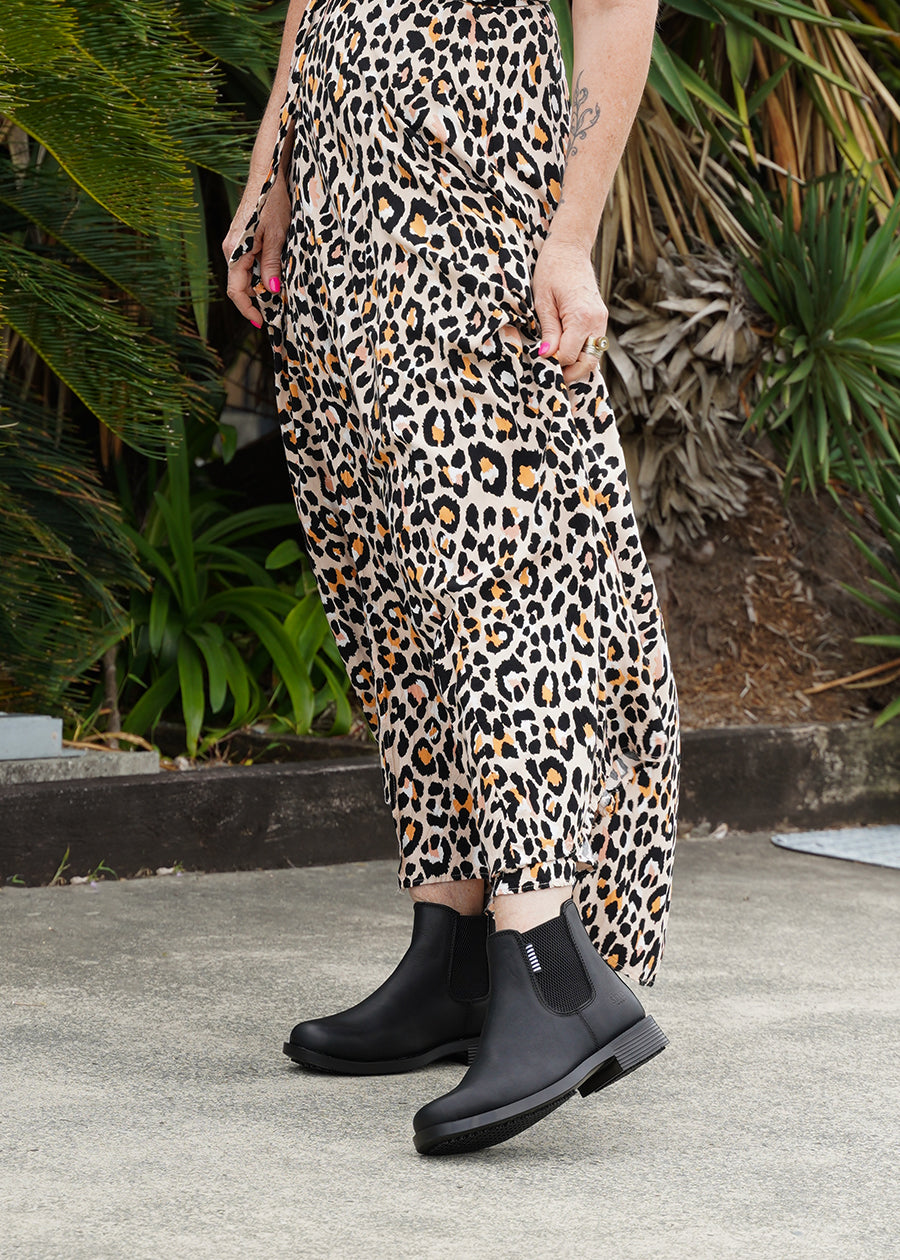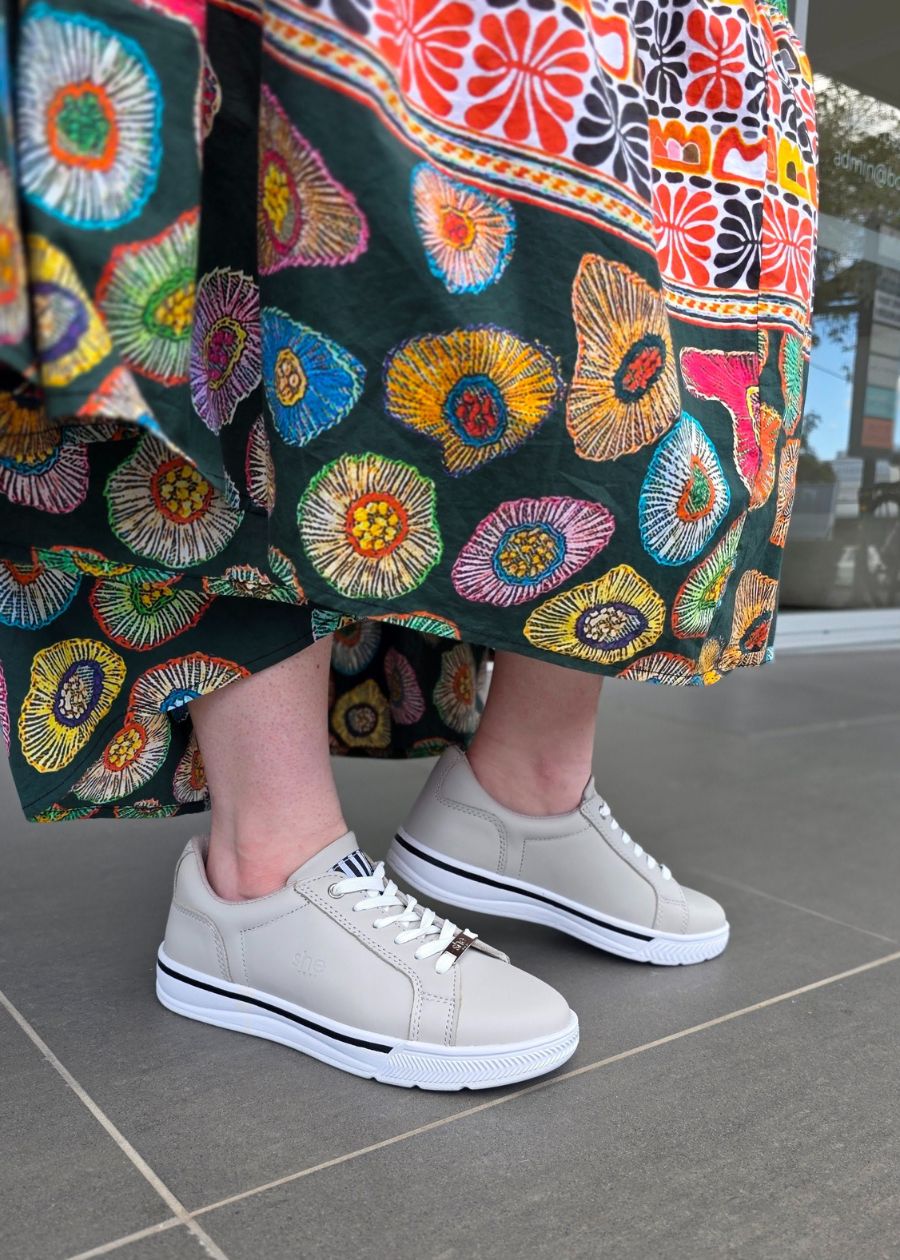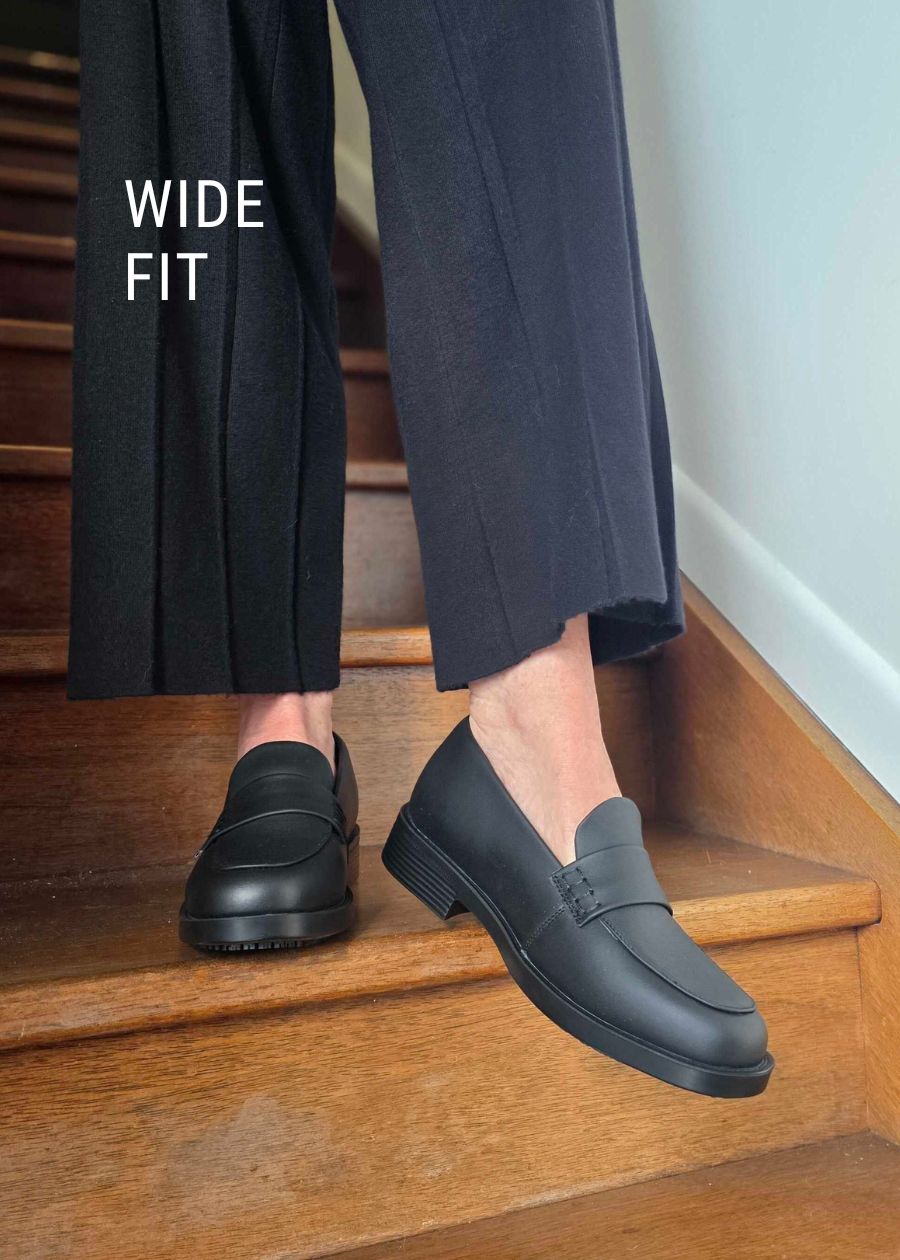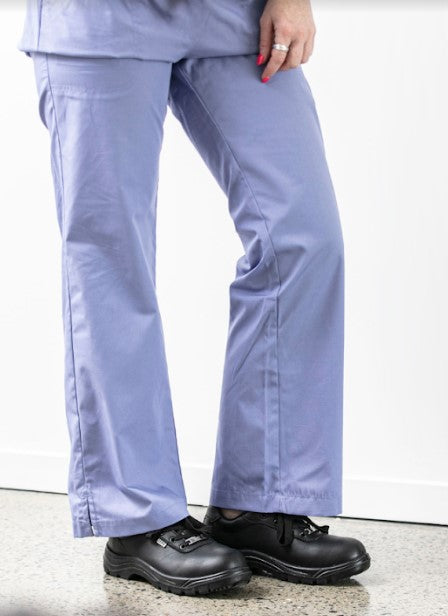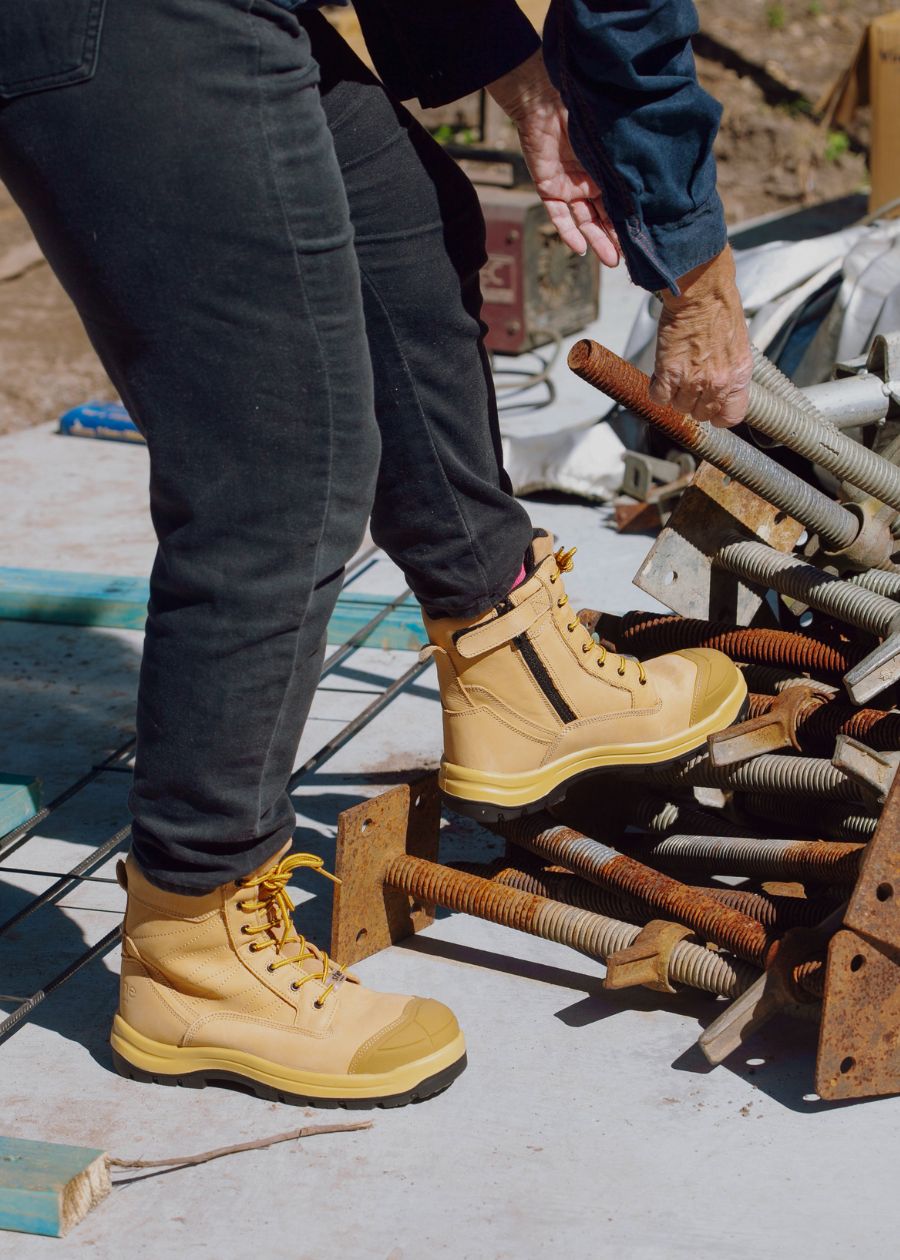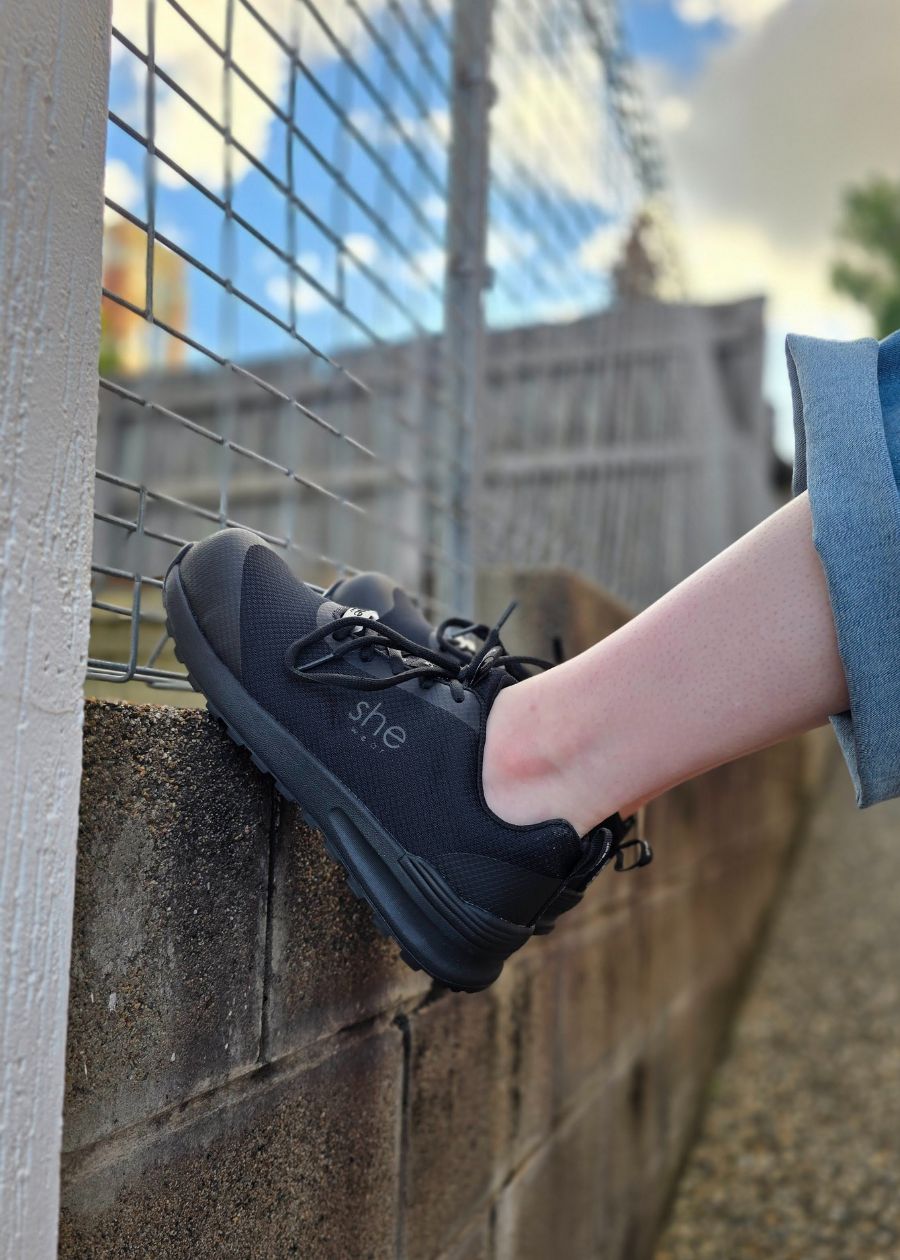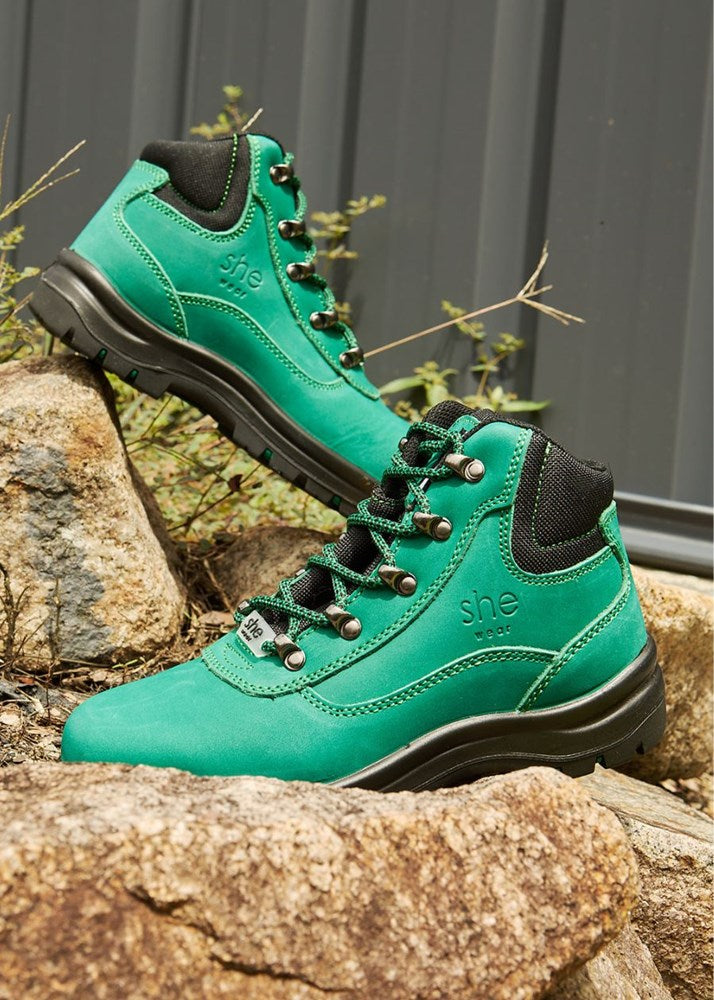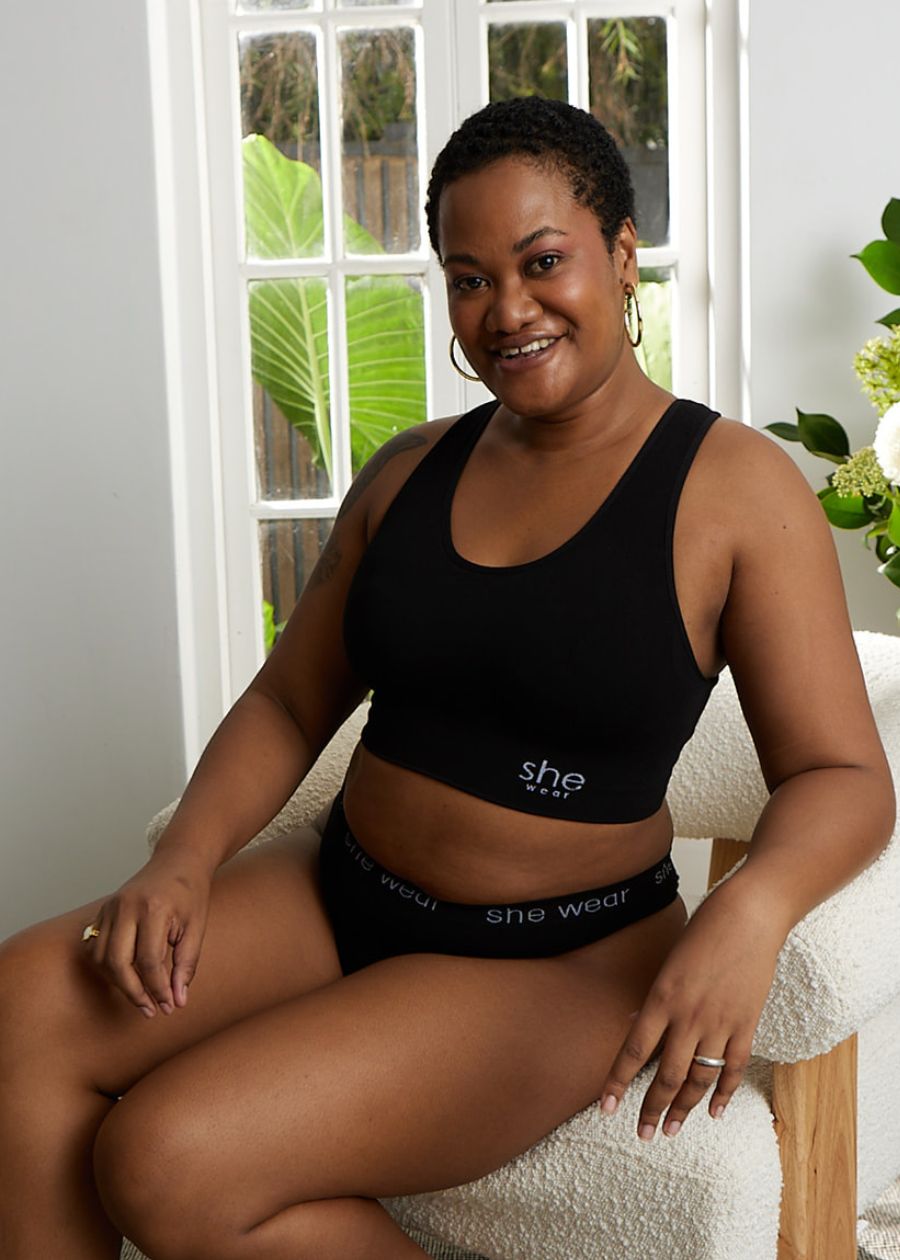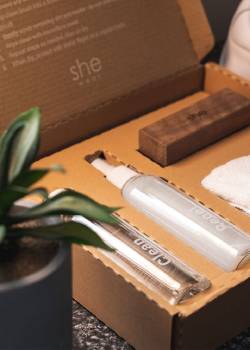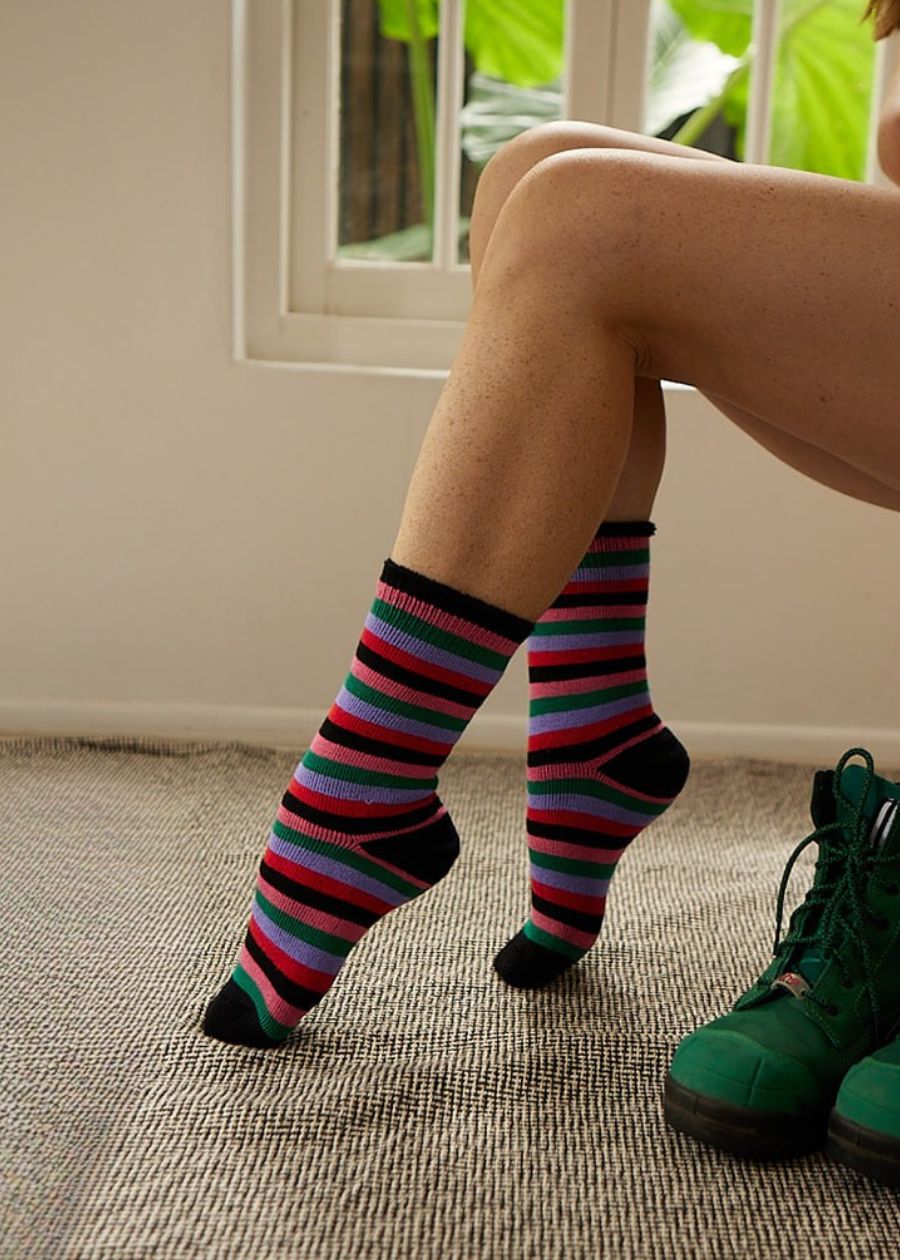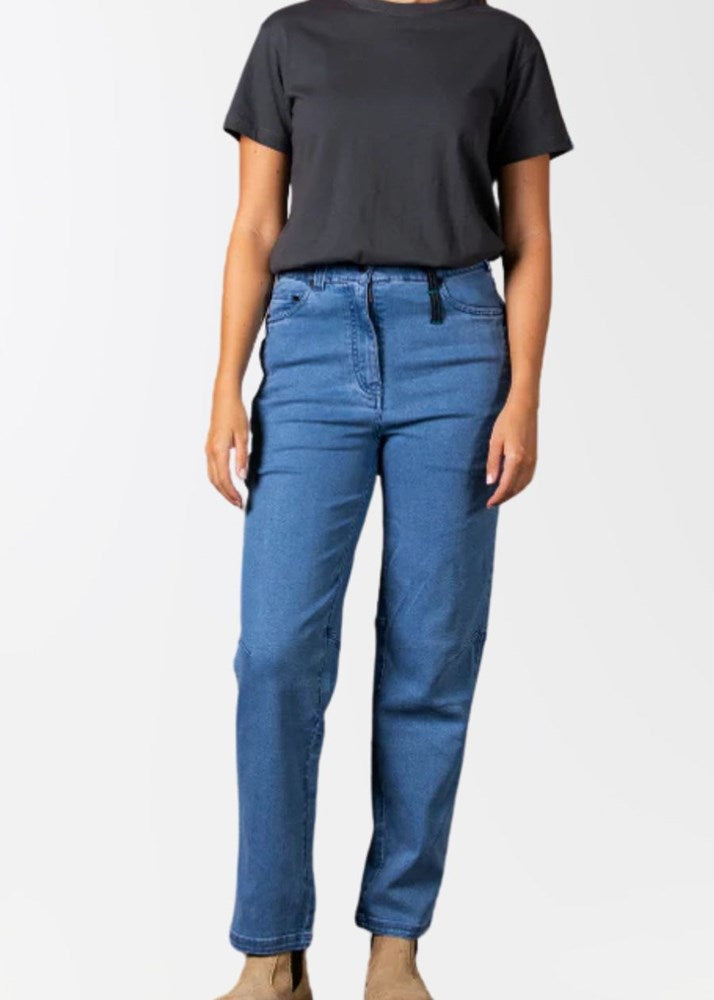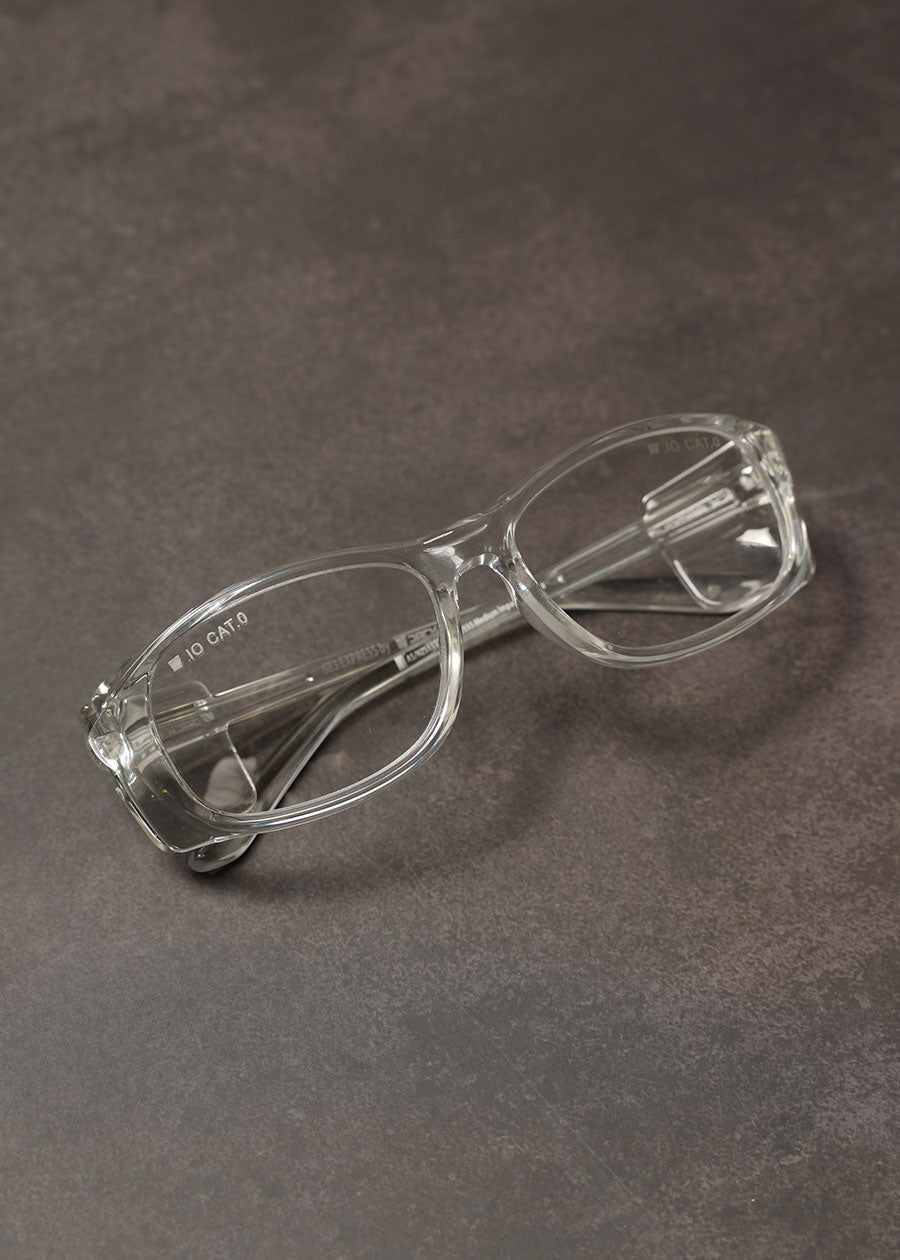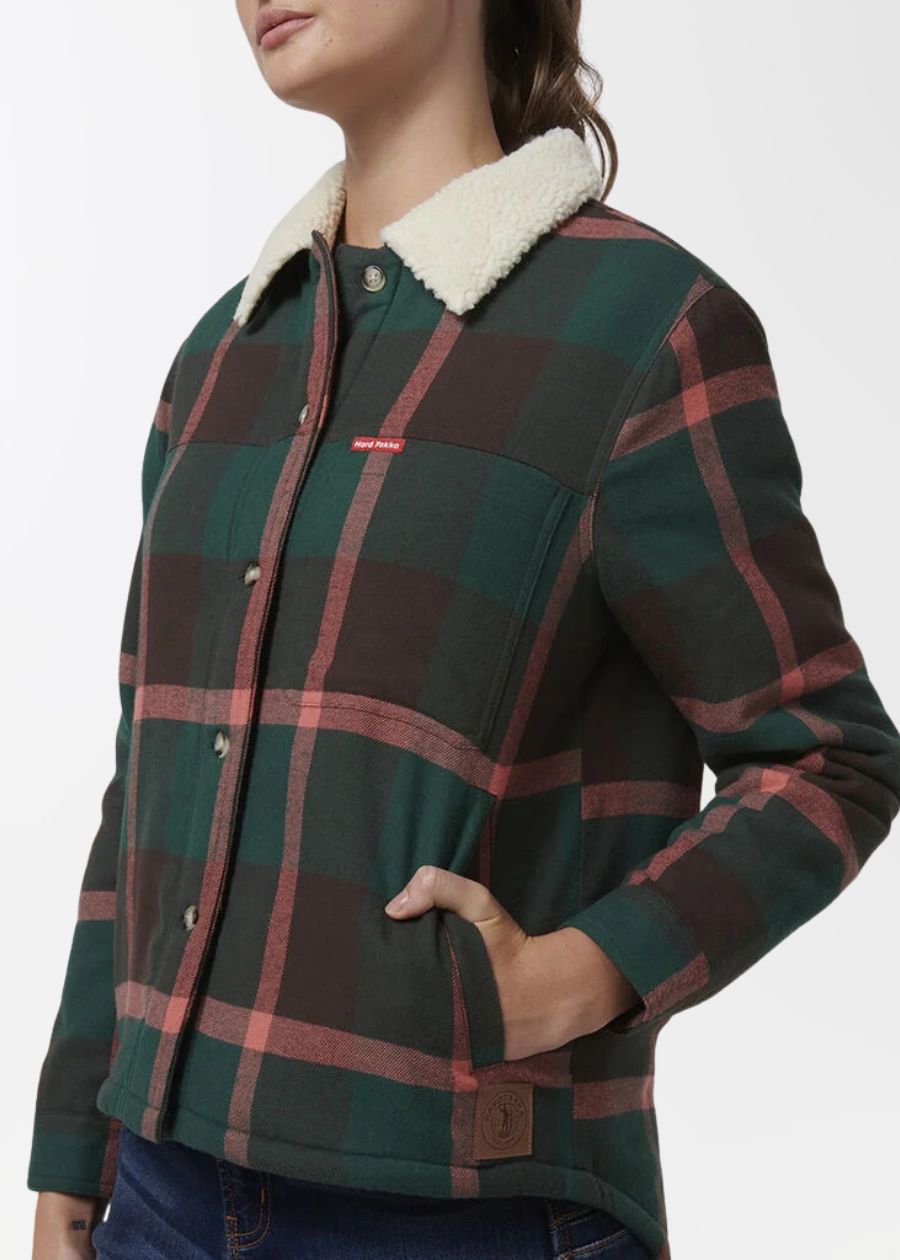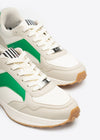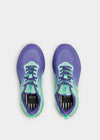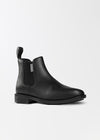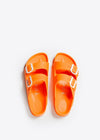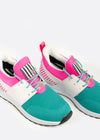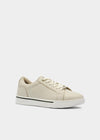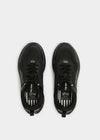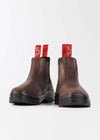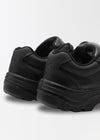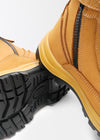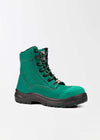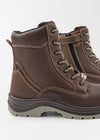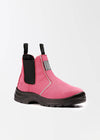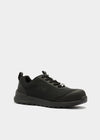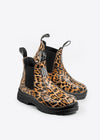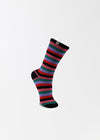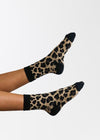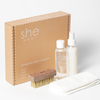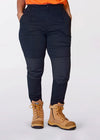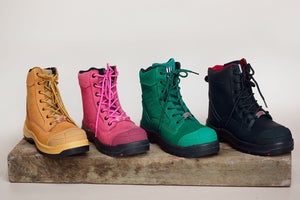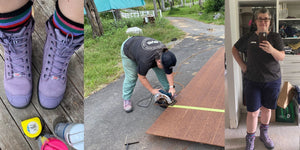Shoe care and cleaning
Everyone needs some TLC - including your kicks!
Caring for your footwear on a regular basis offers numerous benefits. It ensures maximum performance, maintains their tip-top condition for optimal support, comfort and safety. And it extends your footwear's lifespan .. saving you money in the long run.
Our shoes, crafted from premium quality materials, deserve the best care to keep your feet happy all day, every day.
We have included a great deal of care information on this page (particularly if you work in harsher environments or wear your shoes every day). If you scroll to the bottom of the page, it outlines the different care regimes depending on the material of your shoe. Reach out if you need any advice!

love your soles
How long will my shoes last?
Good question! The answer actually depends on several factors.
Firstly, ill-fitting shoes causes premature damage to your kicks. That’s why we're super keen to get you fitted properly! Your shoe life is also determined by:
• Daily use versus a few times a week/month
• How, and if, you care for your shoes regularly
• How you remove your footwear
• If your shoes are fit for purpose (so they don't wear down quicker than they should)
• How you store your footwear when not in use, and how often footwear is stored (shoes are just like us - they don't like to be hidden in dark places and ignored!)
• The environment you're in. For example, water is not a friend to leather so regular or constant dampness to your footwear will affect the longevity.
• Walking on highly abrasive surfaces (like bitumen) or working with chemicals (such as bleach) will wear even high quality shoes down quicker
• The quality of the shoe materials (we only use high quality, certified and tested materials)
If your work shoes are worn out, it’s important to kick them to the curb, and now. Otherwise you put your safety, plus foot and body health at risk. Woah!
Please continue to read below for important information and instructions on caring and cleaning your footwear, and also have a read of our blog article on our 10 top tips on getting the best life out of your shoes and boots.
Combined with our quality materials, the better you care for your shoes the longer they will last. The longer they last is better for your hip pocket. And the longer they last is better for the environment .. less old shoes in circulation!
we're all guilty!
The big no-no!
“Kicking off” your shoes is a one way street to early damage! Kicking, or tapping, off is using one shoe to apply downward pressure on the heel of the other, to remove your foot.
After a long day, you just want your shoes off! We feel you. But kicking off any shoe will damage the heel counter and stitching (even our double stitched reinforcements!). She wears are also contoured to better fit female ankles and feet, so it'll also take more pressure (translation: extra drag on stitching) to kick off your shoes. It also voids your warranty.
Instead, pull up a comfy chair, have a sit (it’ll be nice after a hard day on your feet), loosen your laces well, then remove your shoes with your hands. A little time now means extra life in your shoes.

ATTENTION PLEASE
super duper important
Is water damaging to footwear?
Water damages leather footwear. Fact. And wearing footwear in water or getting shoes wet on a regular basis will affect the longevity and durability. But there are some things you can do to get the best life out of your shoes .. and we really do want you to get the best life out of your she wears!
Why is water not leather's BFF? Well, leather is a porous material which soaks water quickly. When this water dries out and leaves the material, it leads to premature damage and mostly, cracking of the leather. It's worth noting, leather cannot be totally "waterproofed" but you can help it's resistance to water with some love, care and attention (and they're worth it right?!?).
Now we know shoes can get wet in the rain and it's totally unavoidable to not get them wet every now and then (particularly work boots!), so our leather is protected with a water resistant coating prior to production (which is tested and independently certified). However this protection does minimise over time, so it's very important to use a waterproofing spray on a regular basis (here you can find our recommended products).
Another consideration is switching between work boots and waterproof rubber gum boots during the times you're in wet conditions.
Here are our top tips on caring for your leather footwear if wet regularly:
• Apply a waterproofing spray (like this one) on a consistent basis. This also helps lock the colour in (and will also help stop the colour bleeding)
• If wet, dry shoes straight away - take them off as soon as you get home, and place them in a cool, dry spot. Do not force dry or place them near a heat source as this will expedite the cracking process and they will dry out even more quickly. Wet boots are a breeding ground for bacteria (yuck!).
• Restore the moisture - apply a conditioner (that is suitable to your leather type) and clean according to the methods below.
• Alternate boots - there aren't many shoes worn as regularly as work boots or work shoes, so rest and switch between 2 pairs for best results. This will give each pair time to decompress and dry out correctly.
• If you are getting your footwear wet ALL the time (NB not recommended!), then look for a product like Sno Seal. This is a wax type product and creates a barrier between water and your footwear upper. It may change the colour and appearance of the leather, so make sure to follow the directions!
BY TREVOR, THE COBBLER
advice from a shoe cobbler
shoe tlc
footwear care instructions
anti static & EH information
ANTI STATIC
For highly static environments
The electrical resistance of this type of footwear can be changed significantly by flexing, contamination or moisture. This footwear will not perform its intended function if worn in wet conditions. It is, therefore, necessary to ensure that the product is capable of fulfilling its designed function of dissipating electrostatic charges and also of giving some protection during the whole of its life. The user is recommended to establish an in-house test for electrical resistance and use it at regular and frequent intervals.
Classification I footwear can absorb moisture where the soling material becomes contaminated. Wearers should always check the electrical properties of the footwear before entering a hazard area.
In use, no insulating elements, with the exception of normal hose, should be introduced between the inner sole of the footwear and the foot of the wearer. If any insert is put between the inner sole and the foot or the inner sole is changed, the combination footwear/insert should be checked for its electrical properties.
ELECTRICAL HAZARD
Added electric shock protection
EH protection is severely deteriorated in the following conditions : excessive wear on the soling material, contamination by conductive materials or exposure to wet or humid environments.
Care and Use of Electrical Hazards Boots:
Keep the shoes and outsoles free of conductive materials such as screws, nails and metal shavings, dry the footwear thoroughly after use, clean outsoles with a mild soap and warm water, to avoid cracking, store footwear away from electric motors or electric fields, inspect footwear for any visible damage prior to use, such as punctures, tears, snags and cracking, dispose of the footwear if embedded with conductive materials, or if wear causes the outsole thickness to diminish noticeably. These conditions will result in significant reduction or elimination of the footwear’s protection if the wearer steps on an electrical circuit.

